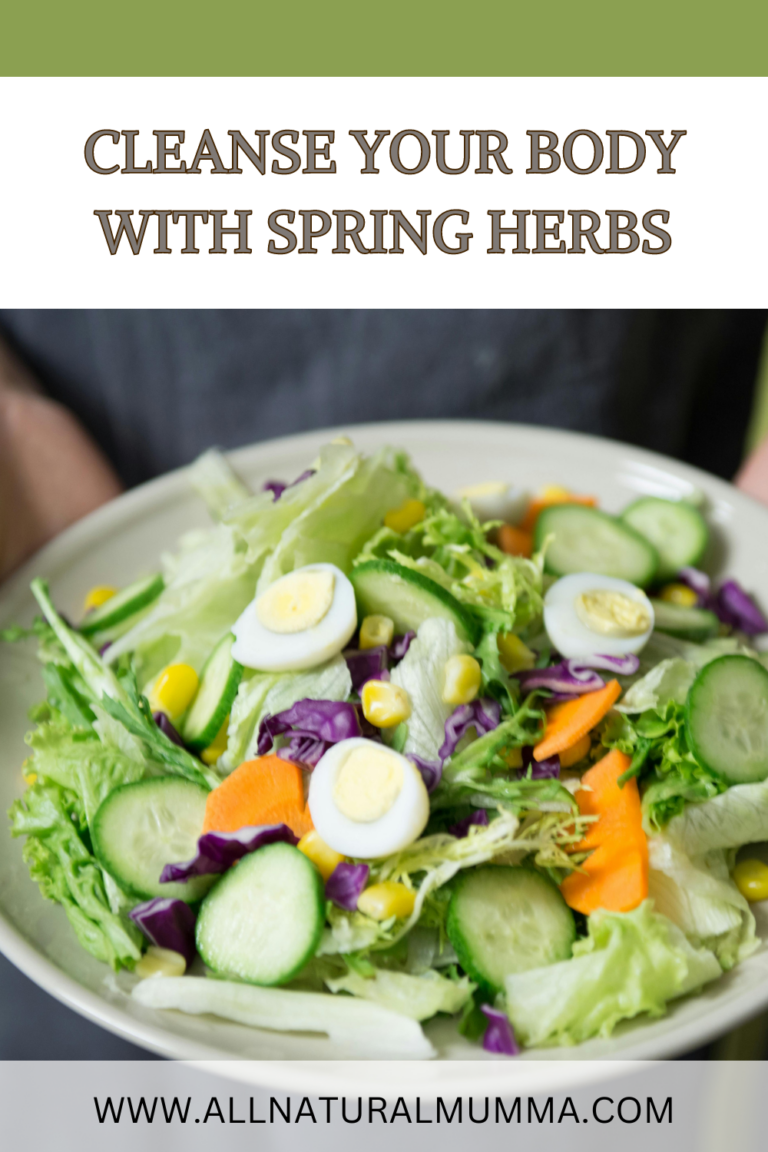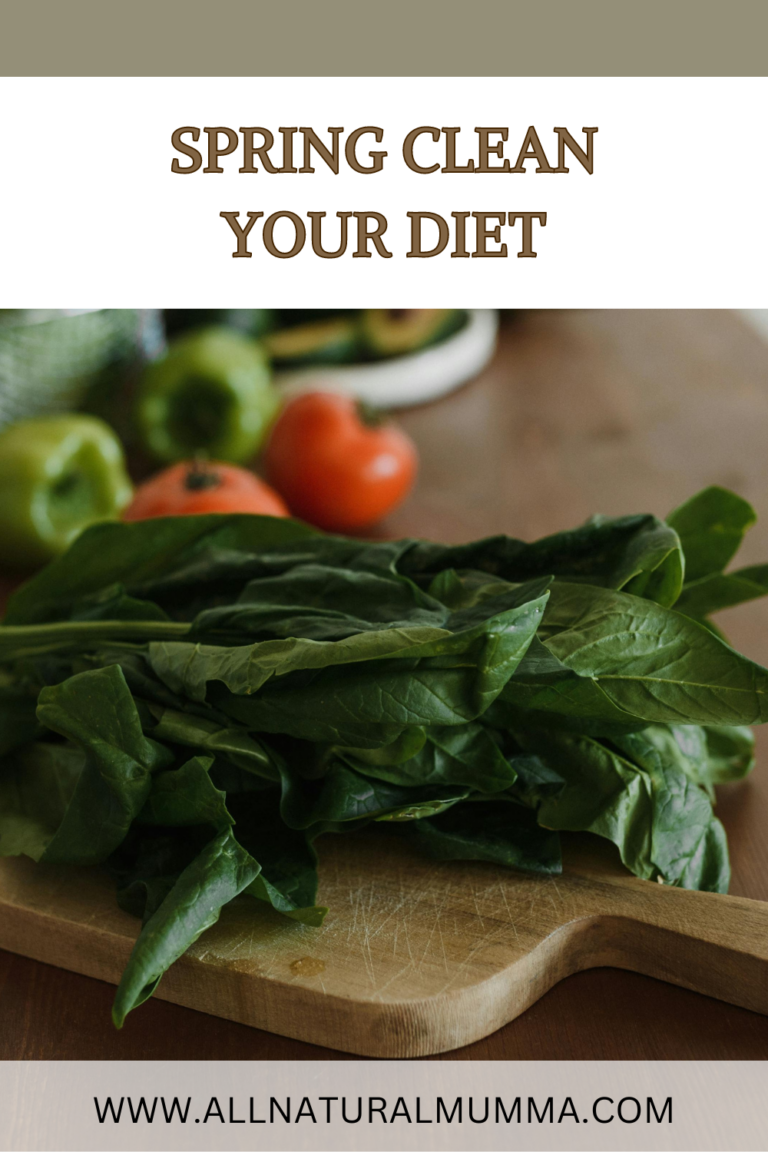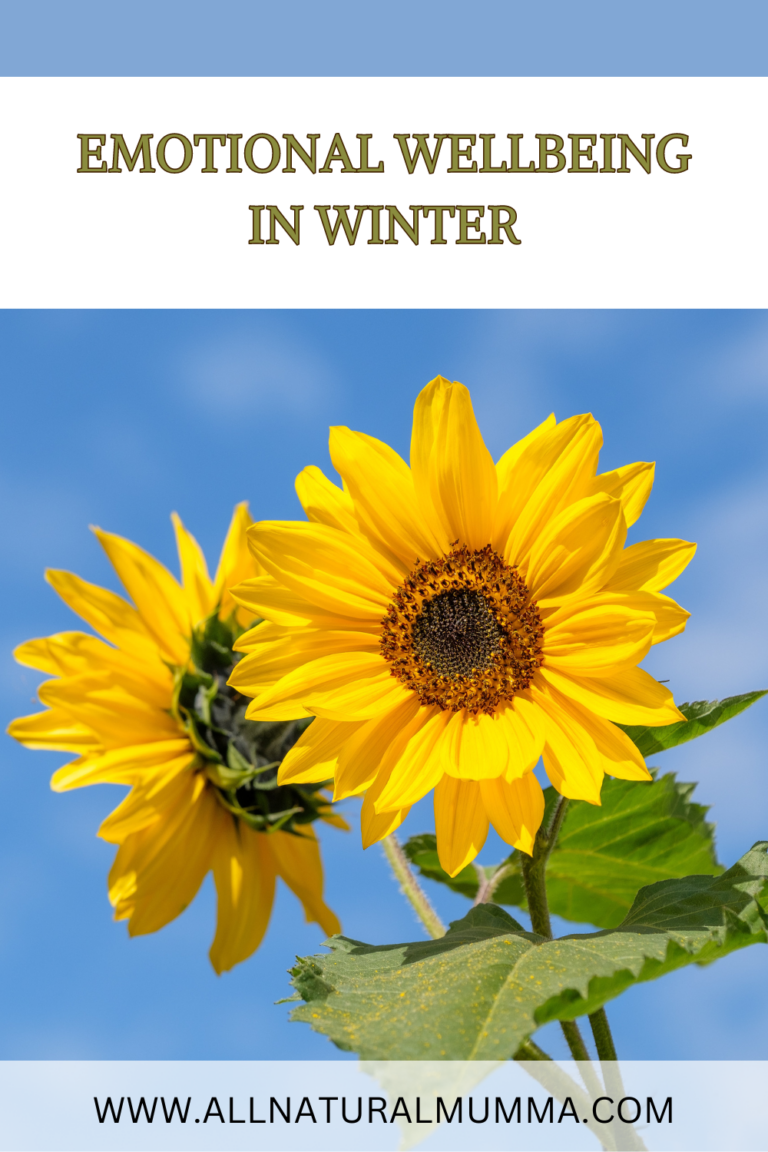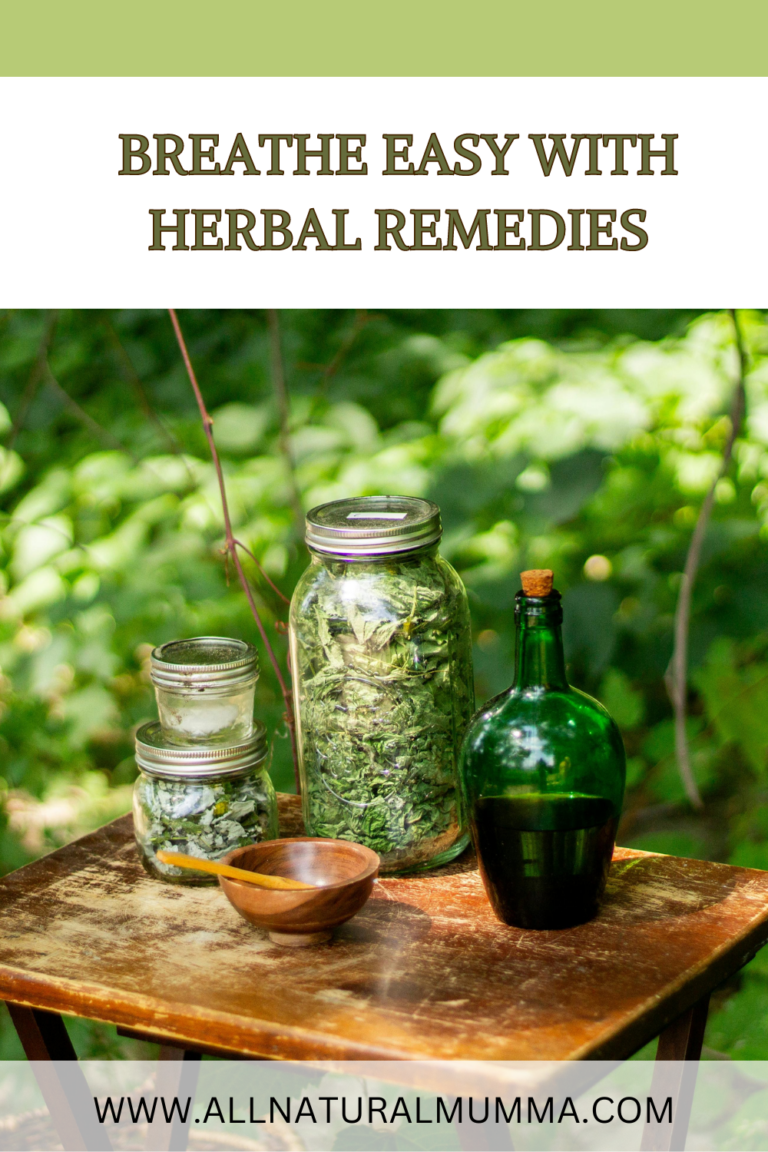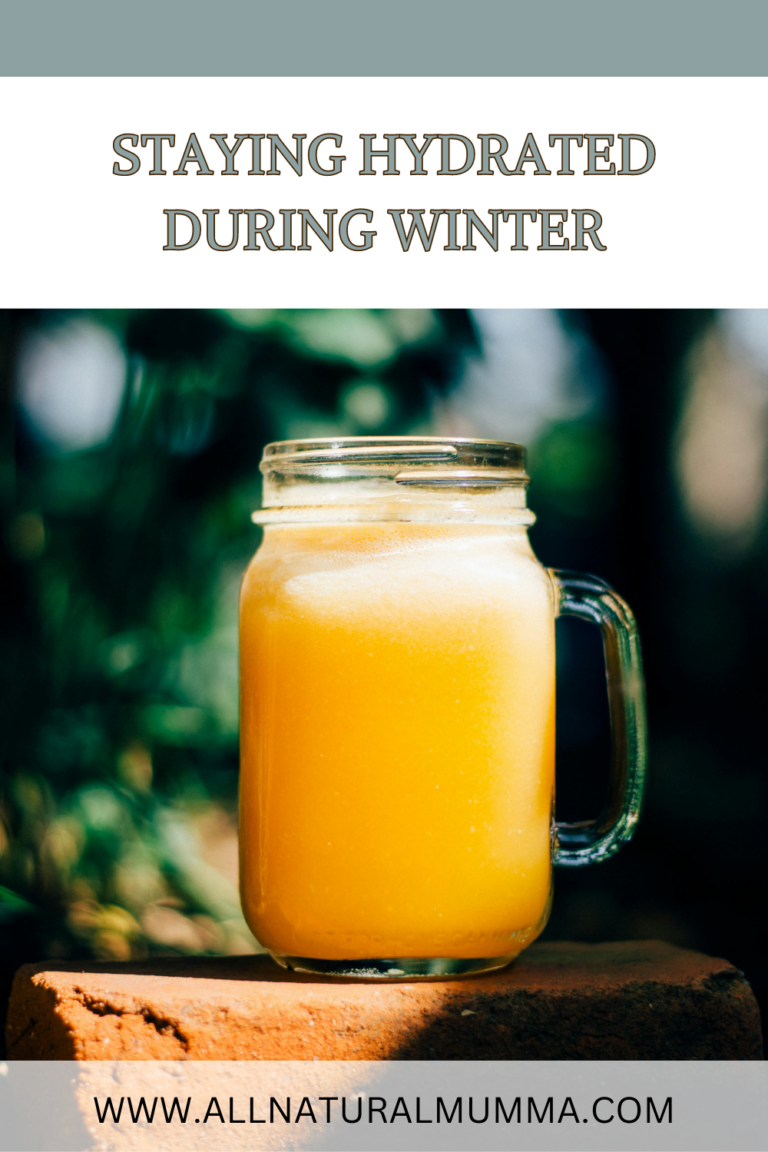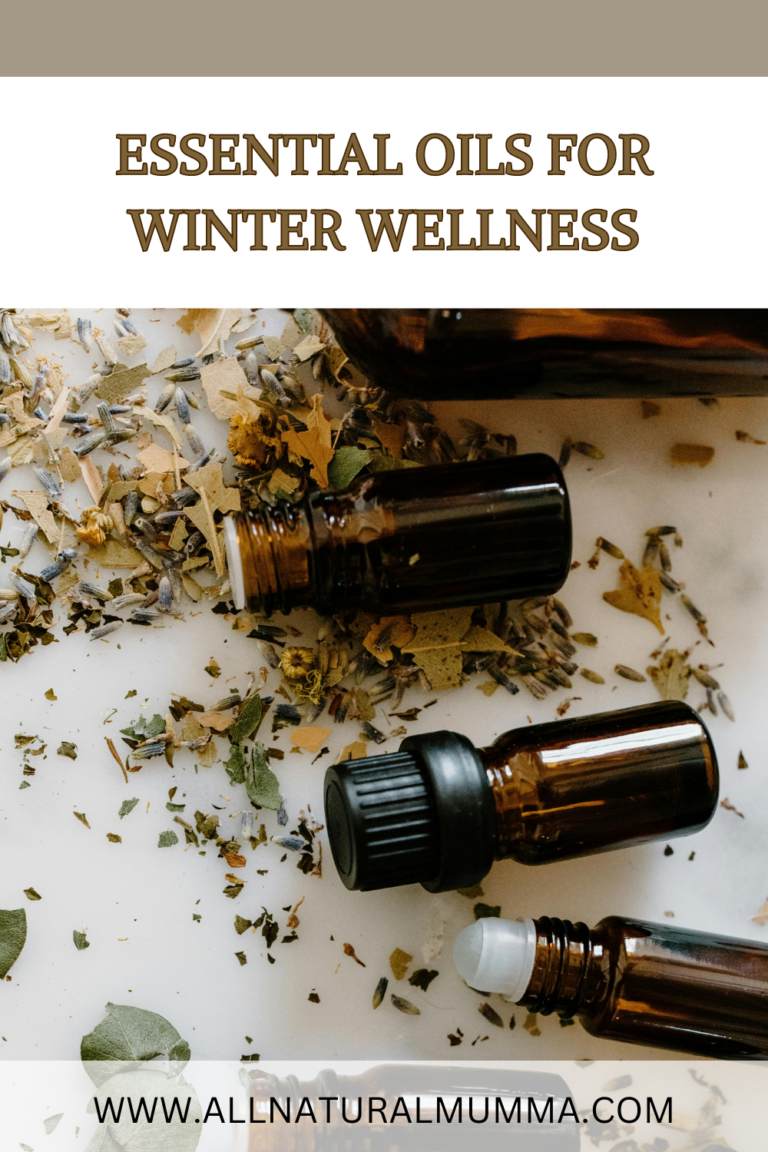Spring is here, bringing warmer weather, blooming flowers, and the perfect opportunity to shake off the winter blues and get active outdoors. Let’s create a refreshing spring fitness routine that not only keeps you fit but also allows you to soak up the beauty of nature. Here are some classic outdoor exercise ideas to help you make the most of this beautiful season:
NATURE WALKS AND HIKES
Spring is the ideal time to explore local trails and parks. Whether you prefer a leisurely walk or a challenging hike, being in nature can boost your mood and improve your cardiovascular health. Bring a friend, family member, or your dog to make it a fun and social activity.
BIKING ADVENTURES
Dust off your bike and hit the road or local bike paths. Cycling is an excellent way to build strength and endurance while enjoying the scenic views of spring. Plan a weekend bike trip or incorporate cycling into your daily commute for a refreshing start to your day.
YOGA IN THE PARK
Take your yoga practice outdoors and enjoy the benefits of fresh air and sunshine. Find a peaceful spot in a park or your backyard, lay down your mat, and flow through your favourite poses. Outdoor yoga can help you connect with nature, reduce stress, and enhance your flexibility.
GARDENING WORKOUTS
Gardening is a fantastic way to stay active while tending to your home environment. Digging, planting, weeding, and watering all count as physical exercise, helping you burn calories and build strength. Plus, you get the added benefit of growing your own fresh, organic produce!
RUNNING OR JOGGING
Spring is a great time to lace up your running shoes and hit the pavement. The moderate temperatures make running more enjoyable, and the blooming landscapes can provide a motivational backdrop. Set a goal for yourself, like a local 5K race, to keep you focused and driven.
OUTDOOR BOOTCAMPS
Join or create an outdoor boot camp group with friends or neighbours. These high-energy workouts typically combine cardio, strength training, and flexibility exercises. The group setting can provide motivation and accountability, making it easier to stick to your fitness goals.
PADDLEBOARDING OR KAYAKING
If you live near a body of water, spring is the perfect time to try paddleboarding or kayaking. These water sports are not only fun but also great for building core strength and improving balance. Enjoy the tranquility of the water while getting a full-body workout.
PICNIC AND PLAY
Plan a picnic at a local park and incorporate physical activities like a game of tag, badminton, or even a simple walk around the park. Combining relaxation with bursts of activity can make for a well-rounded and enjoyable day outdoors.
OUTDOOR DANCE CLASSES
Check out local listings for outdoor dance classes or start your own. Dancing is a fantastic way to burn calories and have fun. The energy and rhythm of the music, coupled with the fresh air, can make your workout feel more like a celebration. I actually know a lady who does this on the regular and she has random strangers come dance with her every time!
Spring is such a pleasant time to be outdoors so why not incorporate some of these outdoor exercise ideas into your fitness routine. Not only will you improve your physical health, but you’ll also get to enjoy the beauty and rejuvenation that being outdoors brings. Happy exercising!




